Saint Joseph alter at the Old Ursuline Convent and St. Mary’s Italian Church
March 19th marks the Catholic celebration of St. Josephs Day where Catholic New Orleanians construct elaborate altars in honor of this saint. The tradition, commemorating the relief St. Joseph provided during a famine in Sicily, began in the late 1800’s when Sicilian immigrants settled in New Orleans. Today, St. Joseph’s day is not just for Italian-Americans. Every year, this celebration offers New Orleans natives and visitors a chance to share food with others and for believers, a way to express gratitude for any sort of fortune in their lives.
Saint Joseph alter at the Old Ursuline Convent and St. Mary’s Italian Church
St. Joseph altars, representing the Holy Trinity, are divided into three sections with a statue of St. Joseph at the head. The devout place candles, figurines, flowers, medals and other items around the alter creating a beautiful, lush and overflowing effect. Since the altars thank St. Joseph for relieving hunger, offerings of food are essential.
Cookies, cakes and breads, often in the form of shell fish, are common decorations for alatars. Fava beans, or “lucky beans” are particularly associated with St. Joseph because they sustained the Sicilians throughout famine. Pick some up for good luck! As tradition has it, the altar is broken up on St. Joseph’s day with a ceremony of costumed children, pretending to look for shelter, finding sustenance at the altar. Food and donations are then distributed to the poor.
Saint Joseph alter at the Old Ursuline Convent and St. Mary’s Italian Church
Fish on St. Joseph's altar
The "lucky fava bean" is one of the most well-known customs and comes from the time of the famine in Sicily when all the crops withered and died, except for the fava bean, which flourished and enabled the citizens to live through the famine. It is said that Sicilians often carry a dried fava bean for good luck.
Saint Joseph alter at the Old Ursuline Convent and St. Mary’s Italian Church
Symbols abound on St. Joseph's Altars: Breads baked in the form of fish represent the Lenten Season. Those in the form of carpenter's tools allude to Joseph's occupation as a carpenter. Other symbols often used as a form for bread or other baked goods are: sandals, staff, chalice, dove, lamb, cross, a crown of thorns, palms.
Saint Joseph alter at the Old Ursuline Convent and St. Mary’s Italian Church
Saint Joseph alter at the Old Ursuline Convent and St. Mary’s Italian Church
Immaculate Conception church, locally known as Jesuit church
Immaculate Conception church, locally known as Jesuit church
Palm leaves, flowers, citrus fruit and Easter eggs, often nestled in Spanish moss, are used to decorate.
Palm leaves, flowers, citrus fruit and Easter eggs, often nestled in Spanish moss, are used to decorate.
Immaculate Conception church, locally known as Jesuit church
St. Joseph's Church on Tulane Avenue. The church was constructed between 1869-1890 and is the largest church in the city. For many years it was the scene of a large St. Joseph's Altar.
St. Joseph's Church on Tulane Avenue. The church was constructed between 1869-1890 and is the largest church in the city. For many years it was the scene of a large St. Joseph's Altar.
Immaculate Conception church, locally known as Jesuit church
Palm leaves, flowers, citrus fruit and Easter eggs, often nestled in Spanish moss, are used to decorate.
St. Patrick's Church is a Catholic church and parish in the Archdiocese of New Orleans. The parish was founded in 1833, and the current structure was completed in 1840. It is the second oldest parish in New Orleans (the oldest parish is St. Louis Cathedral), located upriver from the French Quarter at 724 Camp Street in what is now the Central Business District.
Leon Pomarede, a young artist, did the huge murals behind the main altar in 1841 for $1,000 each. These are masterpieces. Once a French newspaper observed that if the artist had been executing such work in a Paris church, crowds would have gathered each day to watch him. The center mural is The Transfiguration, flanked by Christ Walking on the Water on the right, and St. Patrick himself baptizing the princess daughters of Ireland’s King Laoghaire, on the left.
St. Patrick's Church is a Catholic church and parish in the Archdiocese of New Orleans. The parish was founded in 1833, and the current structure was completed in 1840. It is the second oldest parish in New Orleans (the oldest parish is St. Louis Cathedral), located upriver from the French Quarter at 724 Camp Street in what is now the Central Business District.
The interior of the nave is 85 feet (26 m) tall. Slender columns support the fan vaulting of the ceiling, which is particularly elaborate above the altar, incorporating sixteen stained glass windows in a half-dome. Three large paintings above the altar depict, from left to right: Saint Patrick, the Transfiguration of Jesus, and Jesus Christ pulling Saint Peter from the sea.
The wood plaster details are sights to behold and the gorgeous fan vaulting above the altar is a unique display of fine stained glass. The windows, the doors, the ceiling spans and columns are as they were more than a century and one-half ago.
The interior of the nave is 85 feet (26 m) tall. Slender columns support the fan vaulting of the ceiling, which is particularly elaborate above the altar, incorporating sixteen stained glass windows in a half-dome. Three large paintings above the altar depict, from left to right: Saint Patrick, the Transfiguration of Jesus, and Jesus Christ pulling Saint Peter from the sea.
Leon Pomarede, a young artist, did the huge murals behind the main altar in 1841 for $1,000 each. These are masterpieces. Once a French newspaper observed that if the artist had been executing such work in a Paris church, crowds would have gathered each day to watch him. The center mural is The Transfiguration, flanked by Christ Walking on the Water on the right, and St. Patrick himself baptizing the princess daughters of Ireland’s King Laoghaire, on the left.
The interior of the nave is 85 feet (26 m) tall. Slender columns support the fan vaulting of the ceiling, which is particularly elaborate above the altar, incorporating sixteen stained glass windows in a half-dome. Three large paintings above the altar depict, from left to right: Saint Patrick, the Transfiguration of Jesus, and Jesus Christ pulling Saint Peter from the sea.
When some churches were taking statues out, St. Patrick’s historic collection was being preserved. The cypress pews and the carved wooden pulpit were returned to their former elegance. The murals behind the main altar were completely restored in a manner similar to the restoration of the paintings in the Sistine Chapel.
Because of the rich and varied cultural heritages in New Orleans, the month of March provides unique opportunities to: celebrate with the Irish community on March 17th, when the Irish Channel St. Patrick's Day Club hosts its parade; with the Italian community on March 19th, when the Italian-American Marching Club hosts its parade; and on what is known as Super Sunday (the Sunday nearest St. Joseph's Day), when the uptown and downtown tribes of the Mardi Gras Indians get together for a celebration (the only day besides Mardi Gras when you can catch a glimpse of the beautifully costumed Indians).
The architect of St. Patrick's was James Dakin, who designed a number of buildings in Louisiana, including the Old State Capitol in Baton Rouge. Problems related to the city's notoriously high water table drew in another prominent local architect, James Gallier, to oversee the construction.
Leon Pomarede, a young artist, did the huge murals behind the main altar in 1841 for $1,000 each. These are masterpieces. Once a French newspaper observed that if the artist had been executing such work in a Paris church, crowds would have gathered each day to watch him. The center mural is The Transfiguration, flanked by Christ Walking on the Water on the right, and St. Patrick himself baptizing the princess daughters of Ireland’s King Laoghaire, on the left.
Symbols abound on St. Joseph's Altars: Breads baked in the form of fish represent the Lenten Season. Those in the form of carpenter's tools allude to Joseph's occupation as a carpenter. Other symbols often used as a form for bread or other baked goods are: sandals, staff, chalice, dove, lamb, cross, a crown of thorns, palms.
St. Patrick’s Church St. Joseph Altar in Reynolds Hall
Figs, olives and grapes are used, referring to the orchards and vineyards of Sicily.
St. Patrick’s Church St. Joseph Altar in Reynolds Hall
Palm leaves, flowers, citrus fruit and Easter eggs, often nestled in Spanish moss, are used to decorate.
Symbols abound on St. Joseph's Altars: Breads baked in the form of fish represent the Lenten Season. Those in the form of carpenter's tools allude to Joseph's occupation as a carpenter. Other symbols often used as a form for bread or other baked goods are: sandals, staff, chalice, dove, lamb, cross, a crown of thorns, palms.
St. Patrick’s Church St. Joseph Altar in Reynolds Hall
Figs, olives and grapes are used, referring to the orchards and vineyards of Sicily.
St. Patrick’s Church St. Joseph Altar in Reynolds Hall
Palm leaves, flowers, citrus fruit and Easter eggs, often nestled in Spanish moss, are used to decorate.
blessing after the noon Mass.
blessing after the noon Mass.
Our Lady of Guadalupe
Our Lady of Guadalupe
Fish on St. Joseph's altar
Fish on St. Joseph's altar
Palm leaves, flowers, citrus fruit and Easter eggs, often nestled in Spanish moss, are used to decorate.
St. Augustine Catholic Church of New Orleans is in the Archdiocese of New Orleans. The parish was founded in 1841 under the episcopacy of Bishop Antoine Blanc.
Symbols abound on St. Joseph's Altars: Breads baked in the form of fish represent the Lenten Season. Those in the form of carpenter's tools allude to Joseph's occupation as a carpenter. Other symbols often used as a form for bread or other baked goods are: sandals, staff, chalice, dove, lamb, cross, a crown of thorns, palms.
St. Augustine Catholic Church of New Orleans is in the Archdiocese of New Orleans. The parish was founded in 1841 under the episcopacy of Bishop Antoine Blanc.
St. Augustine Catholic Church of New Orleans is in the Archdiocese of New Orleans. The parish was founded in 1841 under the episcopacy of Bishop Antoine Blanc.


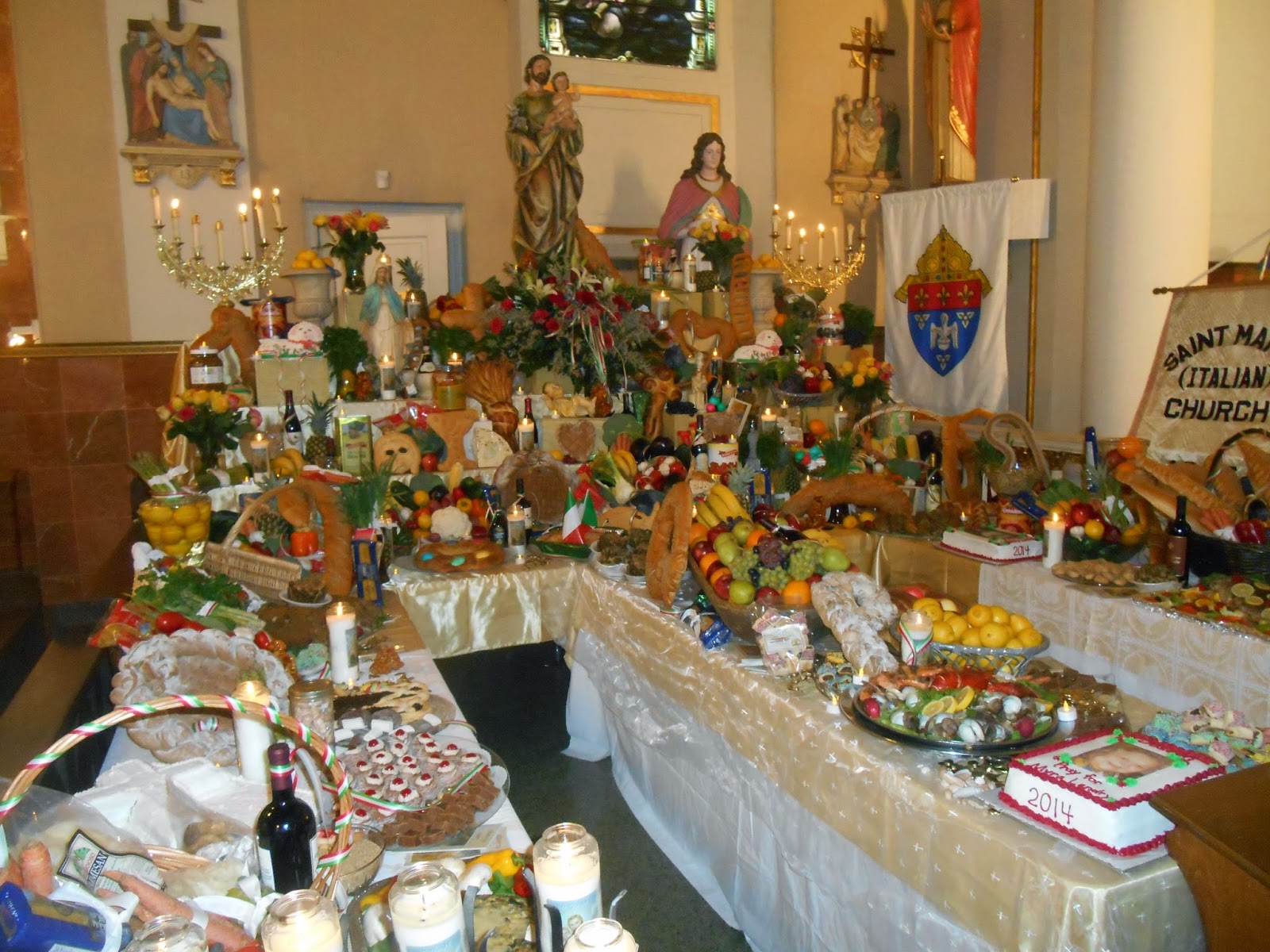
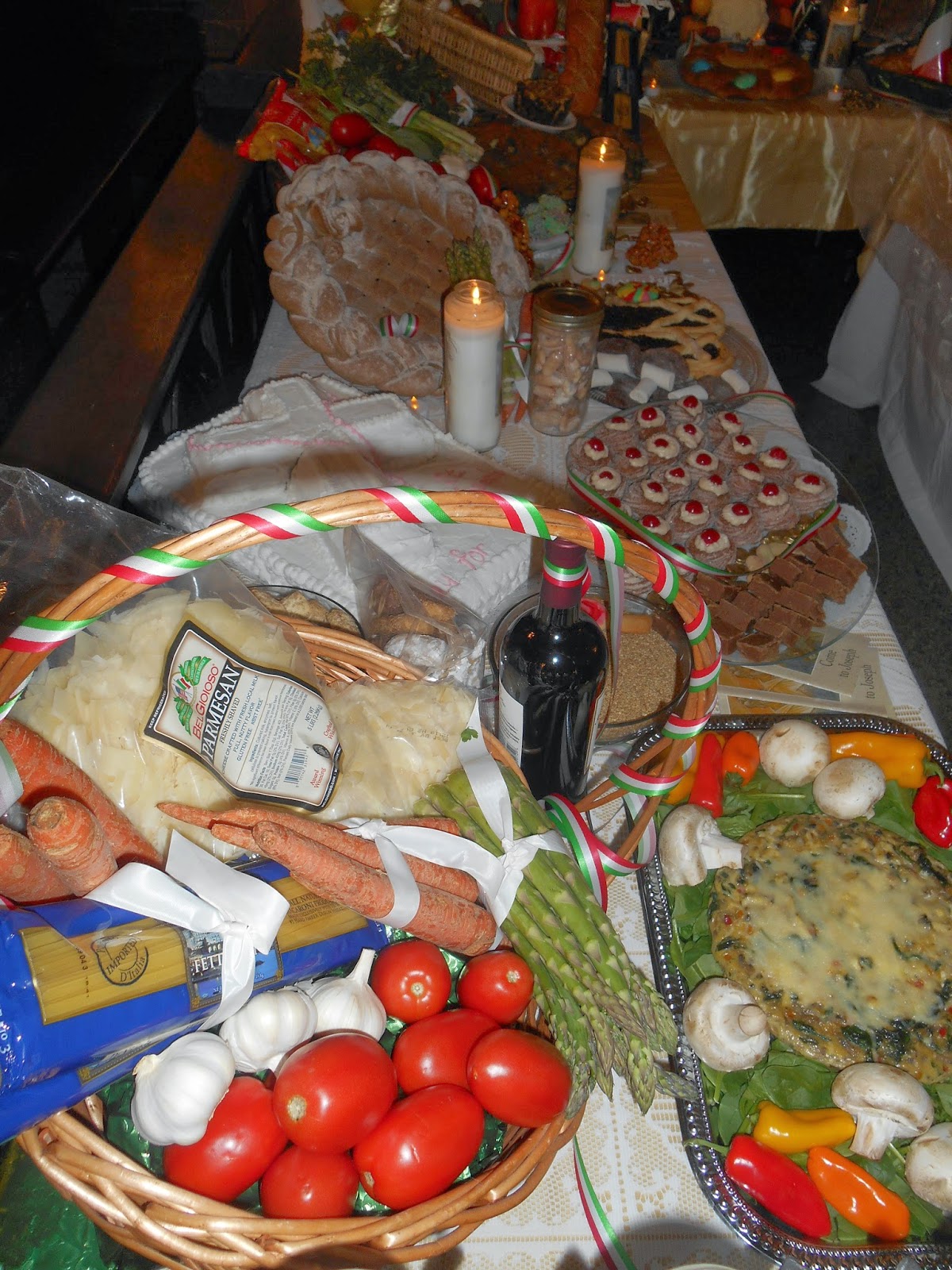

























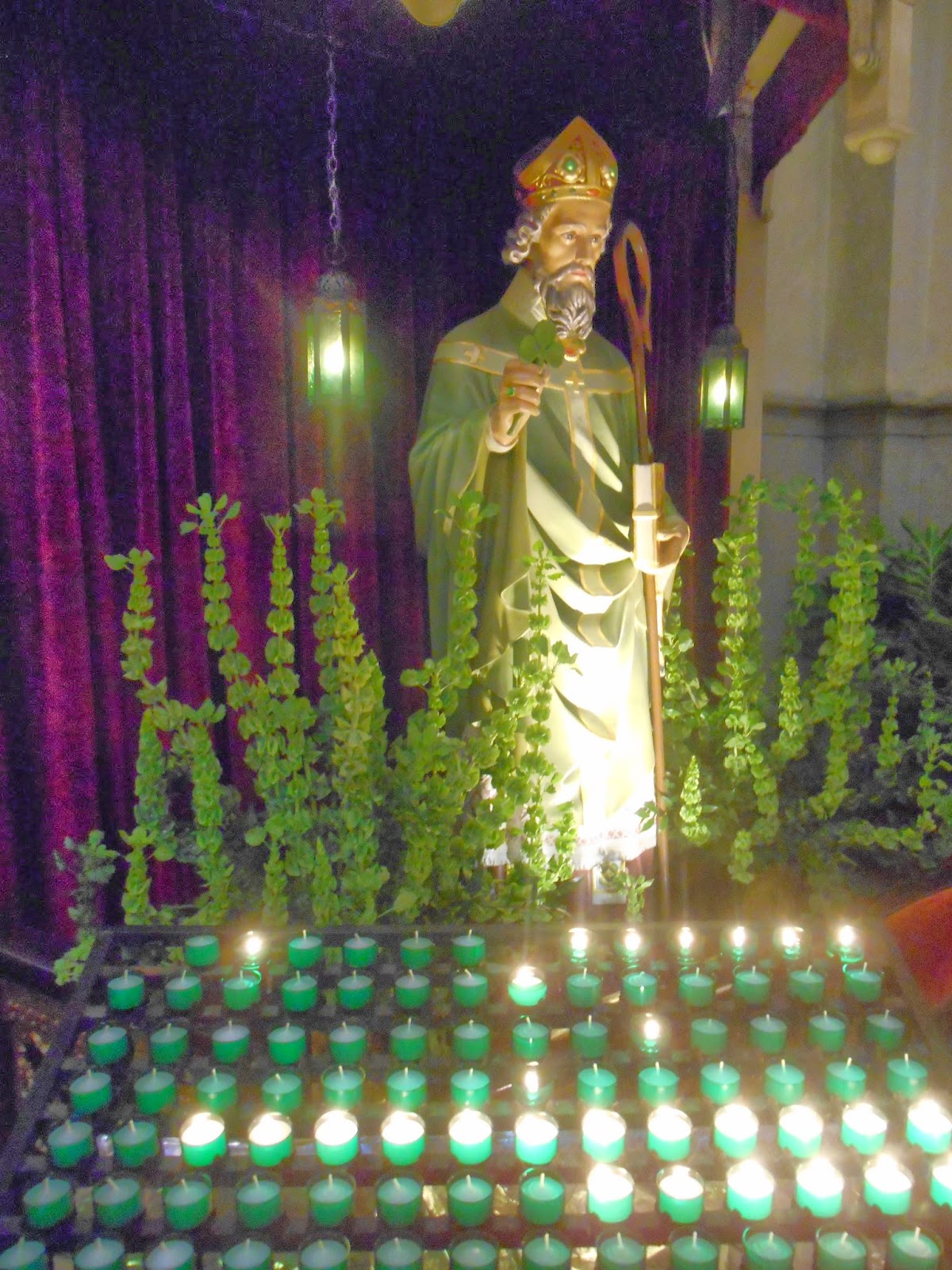
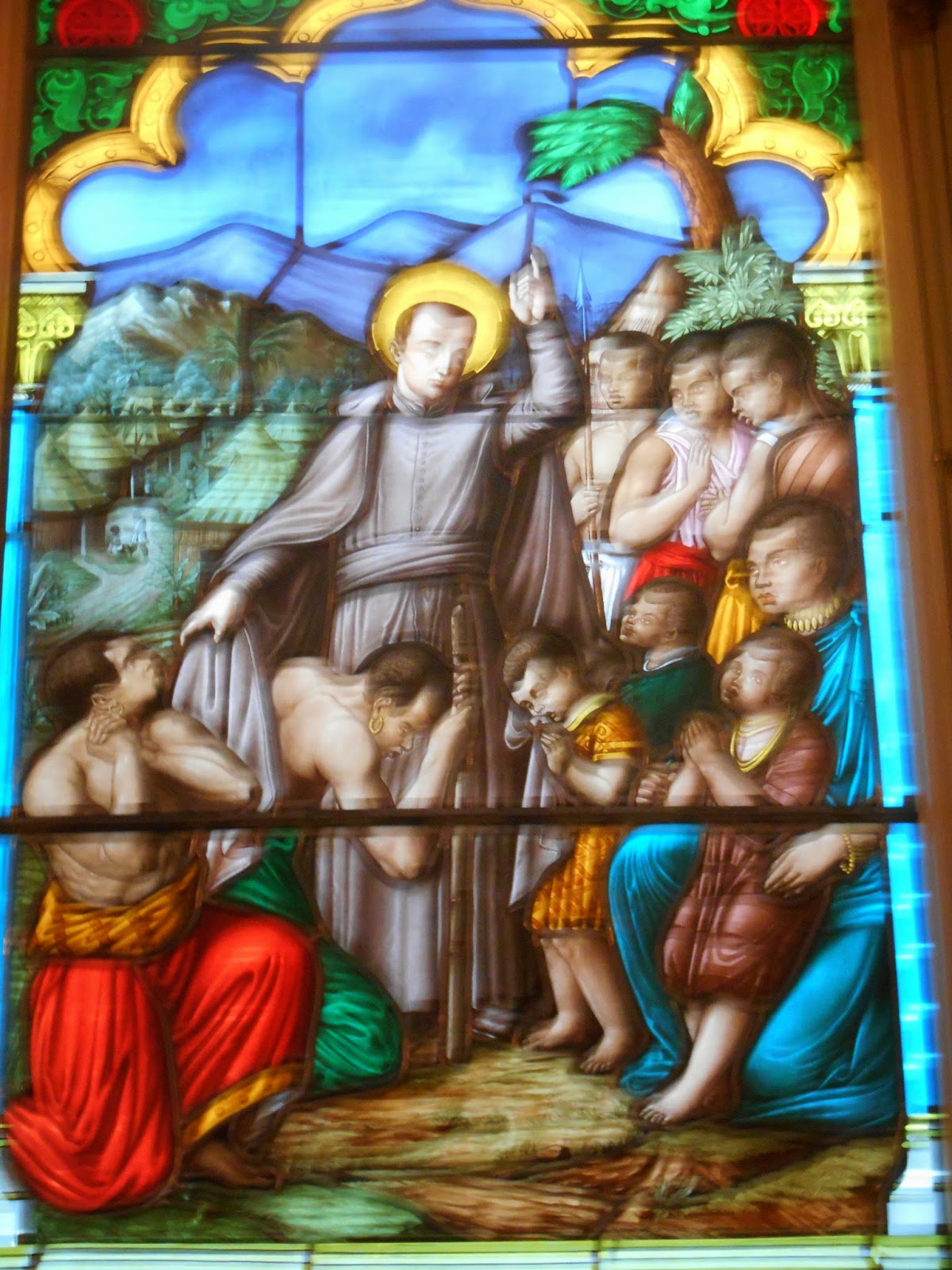






















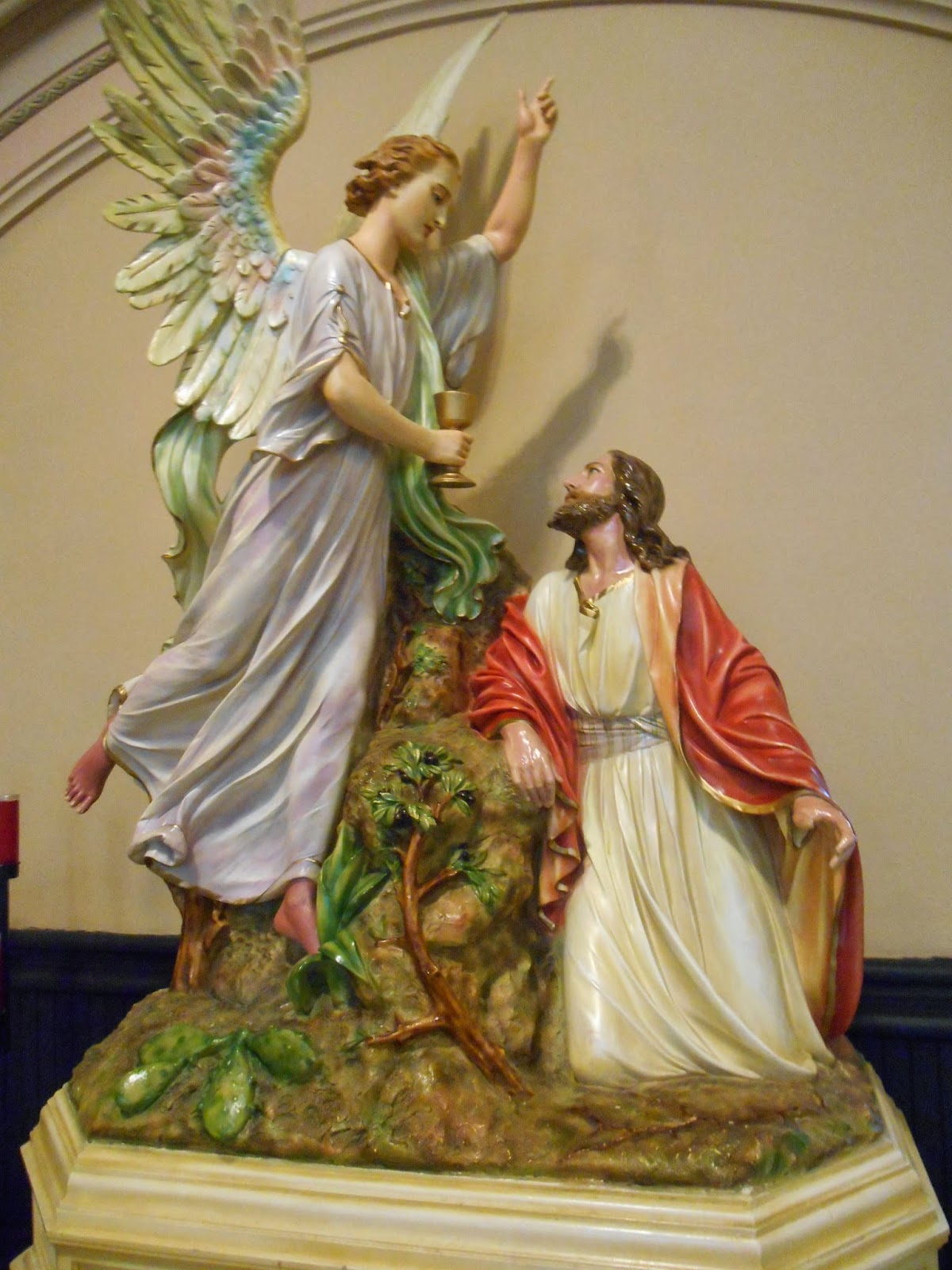










































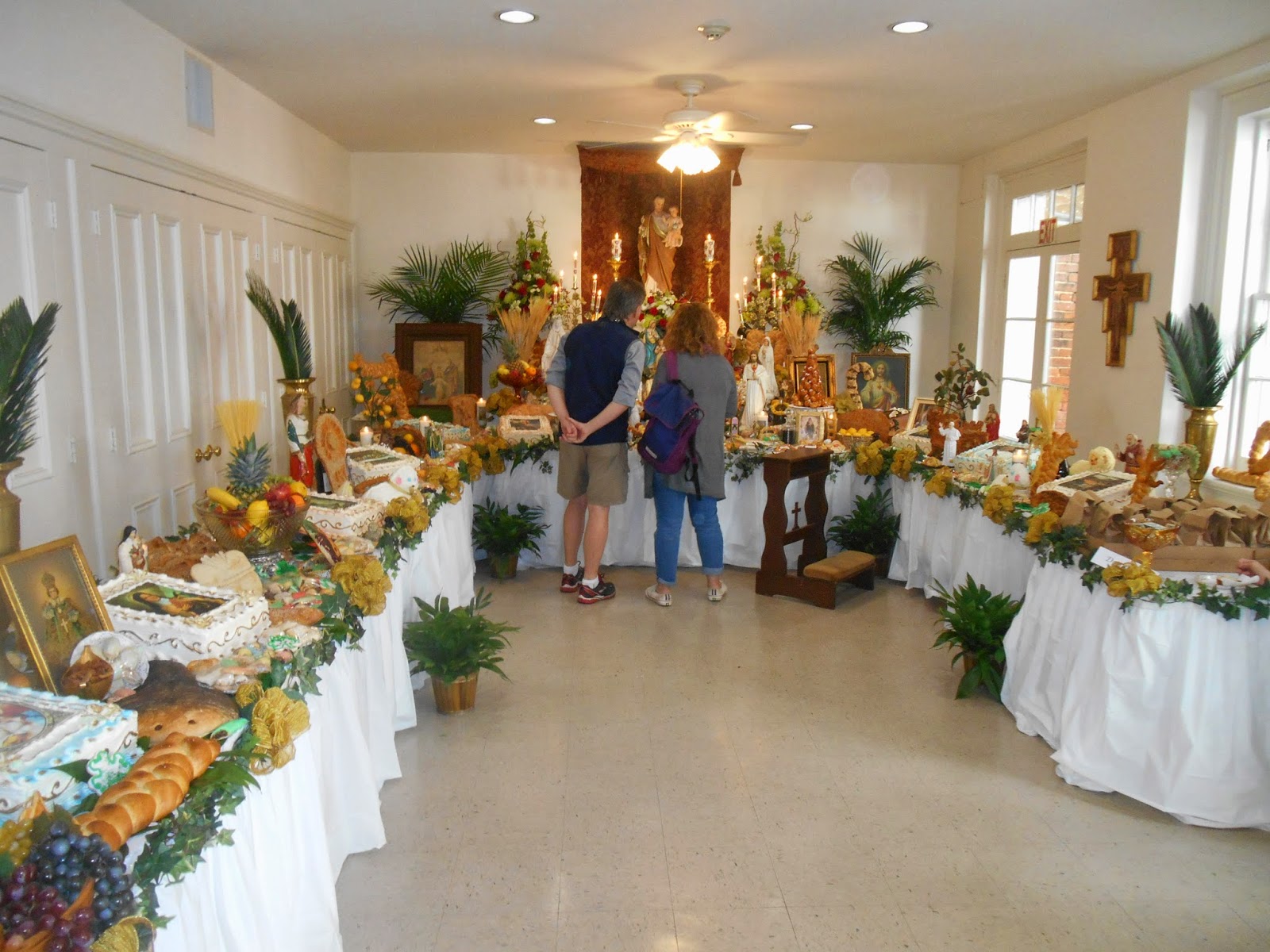



























































No comments:
Post a Comment